The vast collection of UNESCO World Heritage Sites in Mexico includes some of the Yucatán Peninsula’s most treasured pre-Columbian archaeological complexes. While you can easily reach most of these ancient cities within an hour’s drive from modern urban areas, others are hidden deep among dense rainforests. These are arguably the more rewarding discoveries, with their stunning array of magnificent pyramids and ornate stone monuments.
Some Mayan city ruins and Aztec ceremonial grounds boast ancient technological feats that go down as important human achievements in Central American history. With the coming of the Spanish conquest came new architectural styles and striking urban layouts. Learn more about some of these intriguing human civilisations and beautiful cities in Central America through this compilation of Mexico’s most treasured historical places.
- 1
Chichén Itzá
A Mayan city with magnificent ruins
- Lịch sử
- Ảnh
Đọc thêmChichén Itzá was the largest pre-Columbian Mayan city in the Yucatán Peninsula. The ancient city is filled with sacred temples, grand pyramids, and ceremonial cenotes. Its centrepiece is the El Castillo step-pyramid, also known as the Temple of Kukulkan.
This temple is dedicated to the Mayan serpent deity who ‘snakes down’ the temple’s stone staircase at dusk during the spring or autumn equinoxes. The magnificent snake heads at the base enhance the shadow play. It takes about 2 hours to drive to Chichén Itzá from Cancun.
Giờ mở cửa: Daily from 8 am to 4.30 pm
Điện thoại: +52 985 851 0137
Bản đồ - 2
Teotihuacan
Walk through the Avenue of the Dead
- Lịch sử
- Ảnh
Đọc thêmTeotihuacan is a vast pre-Columbian ‘holy city’ that’s filled with geometric pyramids which predate the Aztecs. The great Avenue of the Dead runs through it, lined with sacred monuments such as the Temple of Quetzalcoatl (a feathered serpent deity resembling the Mayan Kukulkan).
There’s also the Pyramid of the Moon and the Pyramid of the Sun, from the tops of which you can take in panoramic views. Drop into the onsite cultural museum to learn more about Teotihuacan artefacts. You can reach the site in around an hour’s drive northeast of Mexico City.
Địa điểm: Autopista Ecatepec 22,600 Km, 55850 San Juan Teotihuacan de Arista, Méx., Mexico
Giờ mở cửa: Daily from 9 am to 4.30 pm
Điện thoại: +52 594 958 2081
Bản đồ - 3
El Tajín
A cultural cradle at the dawn of the Aztecs
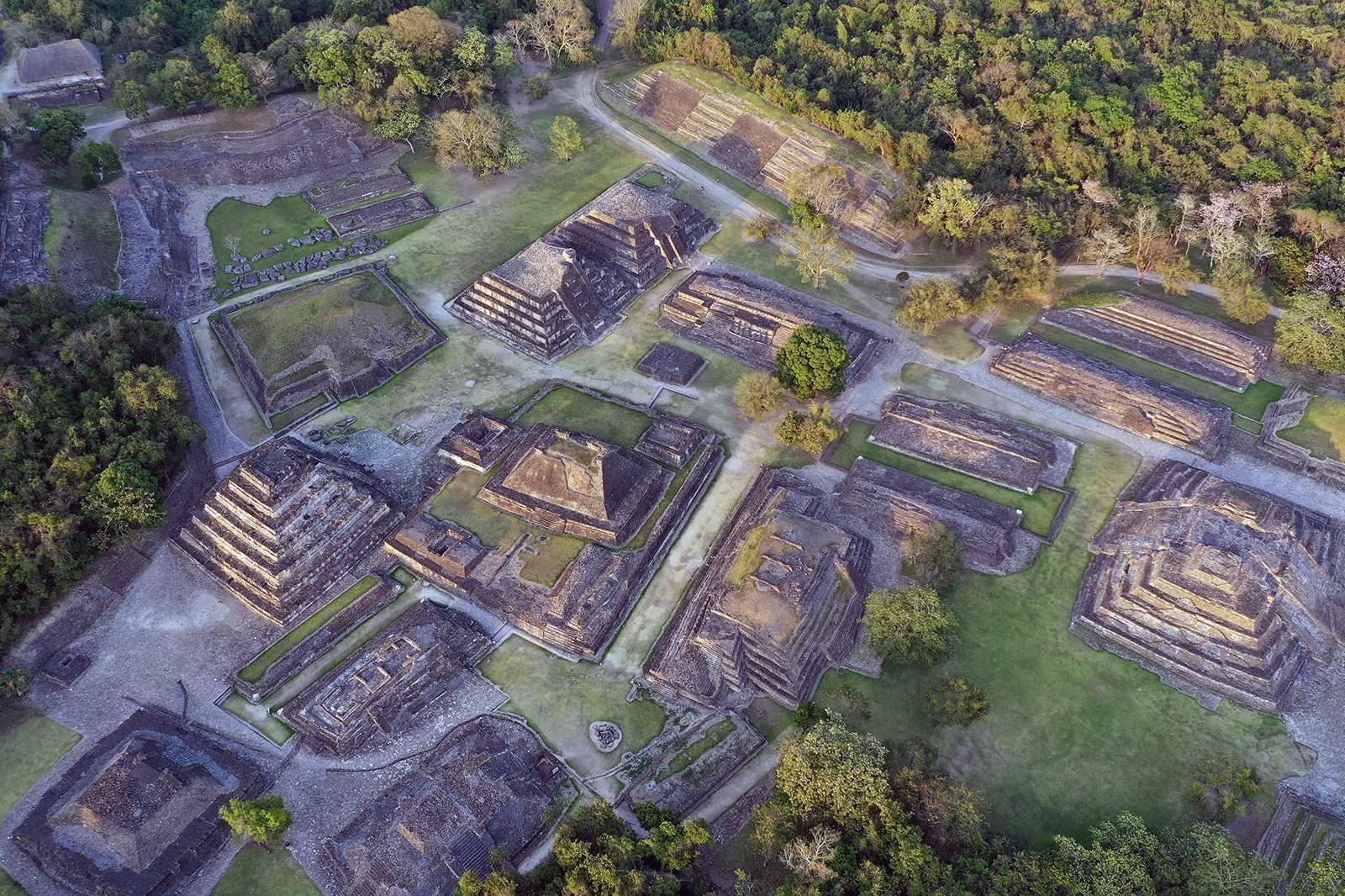
- Lịch sử
- Ảnh
El Tajín is a Mesoamerican city ruin with stone pyramids and large monuments peppering a lush, green valley. The most prominent among them is the 18-metre-tall Pyramid of the Niches, with its 7 tiers of small window-like niches (hence its name).
There’s a total of 365 niches, representing the number of days in the solar calendar. You can search the site for some remarkable wall paintings inside the ruins, some of which bear well-preserved colours.
Địa điểm: Calle Limaxkgan, 93479 Papantla, Ver., Mexico
Giờ mở cửa: Daily from 9 am to 5 pm
Điện thoại: +52 784 842 8537
Bản đồ - 4
Uxmal
The pinnacle of late Mayan architecture
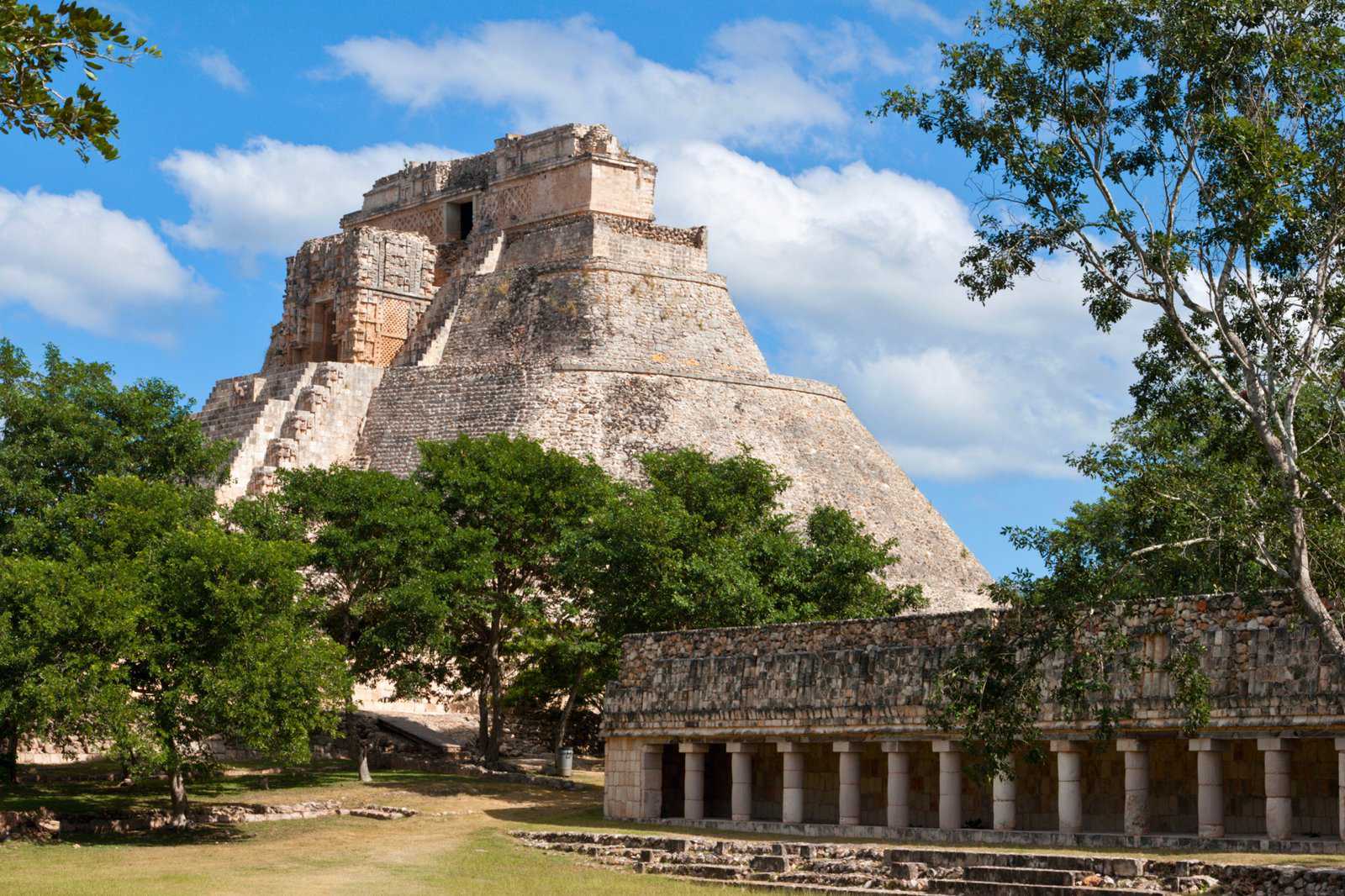
- Lịch sử
- Ảnh
Uxmal is one of the largest Mayan cities in the Yucatán peninsula. It’s made up of a complex of ceremonial ruins whose layout and architecture are widely considered to be the pinnacle of Mayan culture. At the complex’s centre is the 35-metre-tall Pyramid of the Soothsayer, which is adorned with a blend of symbolic motifs and sculptures that depict Chaac, the Mayan rain deity.
Unlike other ancient Mesoamerican cities, Uxmal isn’t laid out geometrically. Rather, it’s spatially organised following astronomical phenomena, such as the rise and setting of certain planets.
Địa điểm: Uxmal, Yucatan, Mexico
Giờ mở cửa: Daily from 8 am to 5 pm
Điện thoại: +52 999 944 0033
Bản đồ - 5
Zacatecas
A small, silver-rich valley
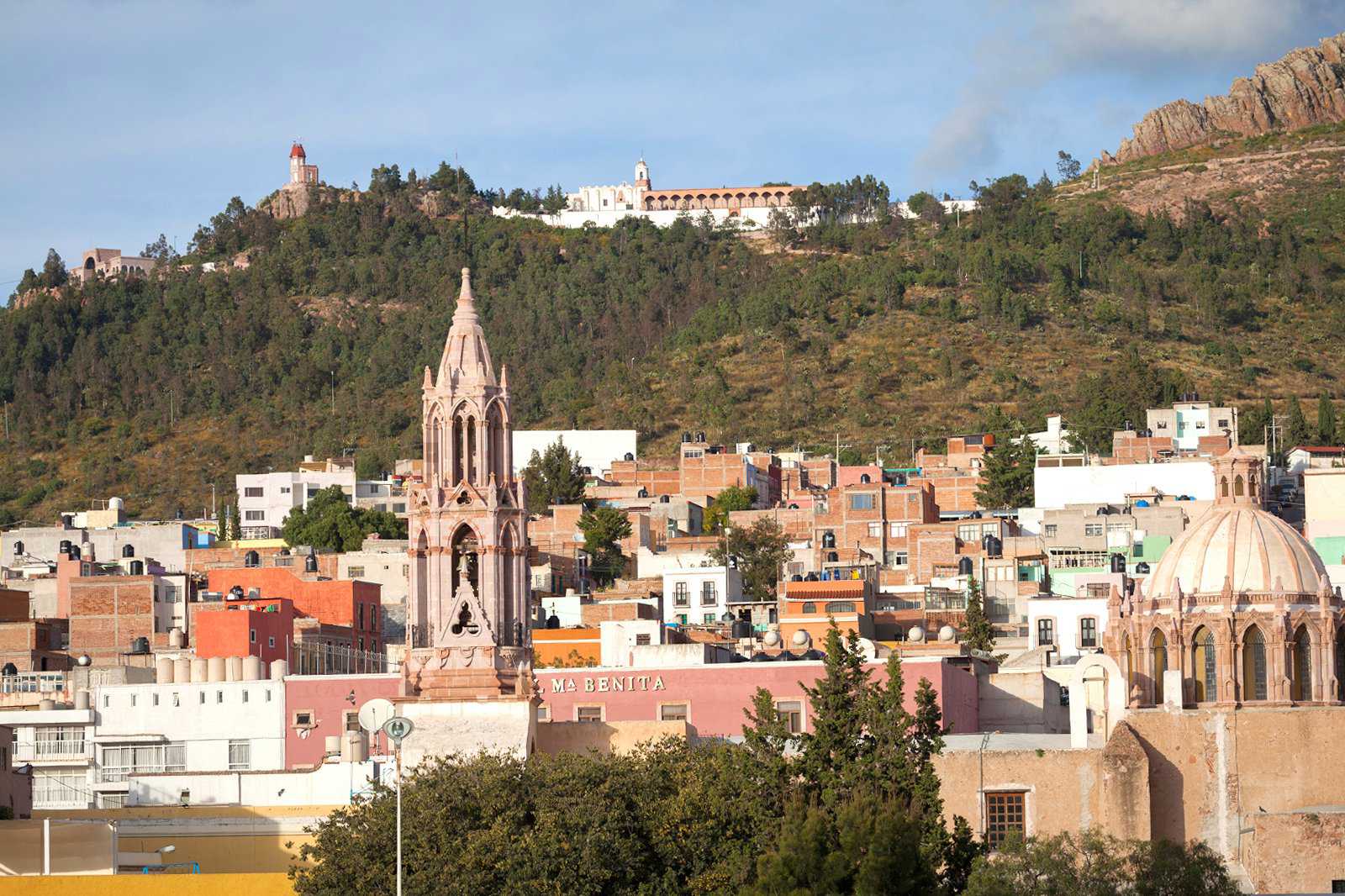
- Lịch sử
- Ảnh
Zacatecas is a sovereign state in North-Central Mexico that dates to the 16th century and is known for its rich silver deposits. Its historical centre is cradled in a breathtakingly gorgeous small valley, with its clusters of old buildings that combine European and indigenous elements.
Among the grand structures to check out are the 18th-century Mala Noche (which interestingly translates as the ‘Bad Night Palace’), the beautiful Calderón Theatre, and the pink stone-walled cathedral with its soaring towers.
Địa điểm: Av. Hidalgo 617, Zacatecas Centro, 98000 Zacatecas, Zac., Mexico
Giờ mở cửa: Monday–Saturday, from 7 am to 1 pm
Điện thoại: +52 1 492 922 0490
Bản đồ - 6
Querétaro
A special zone blending pre-Columbian and Hispanic elements
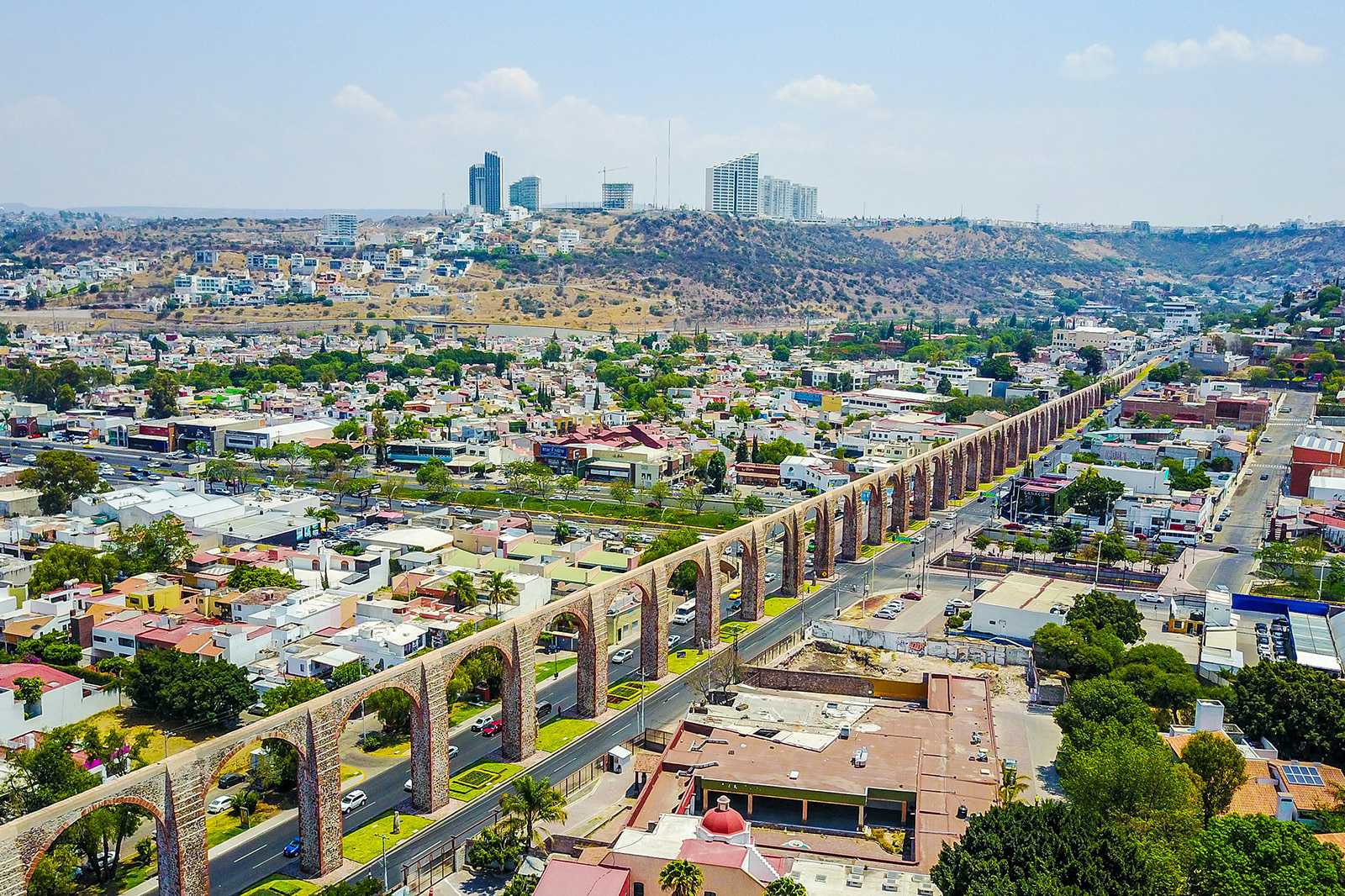
- Lịch sử
Querétaro is an old colonial town in central Mexico, with a historical centre that serves as a special zone of historical monuments built by Spanish conquerors. The city dates to the 17th and 18th centuries and boasts a geometric street plan that was established by the Spanish conquerors alongside a network of pre-Columbian alleyways – testament to a somewhat good-termed relationship between the Spanish and natives at the time.
Among the legacies are cisterns and reservoirs around the town, as well as the magnificent pillars and arches of the aqueducts that tower around 23 metres above the city streets.
Địa điểm: Centro, Santiago de Querétaro, Qro., Mexico
Bản đồ - 7
Morelia
A historical Spanish town of pink stone landmarks
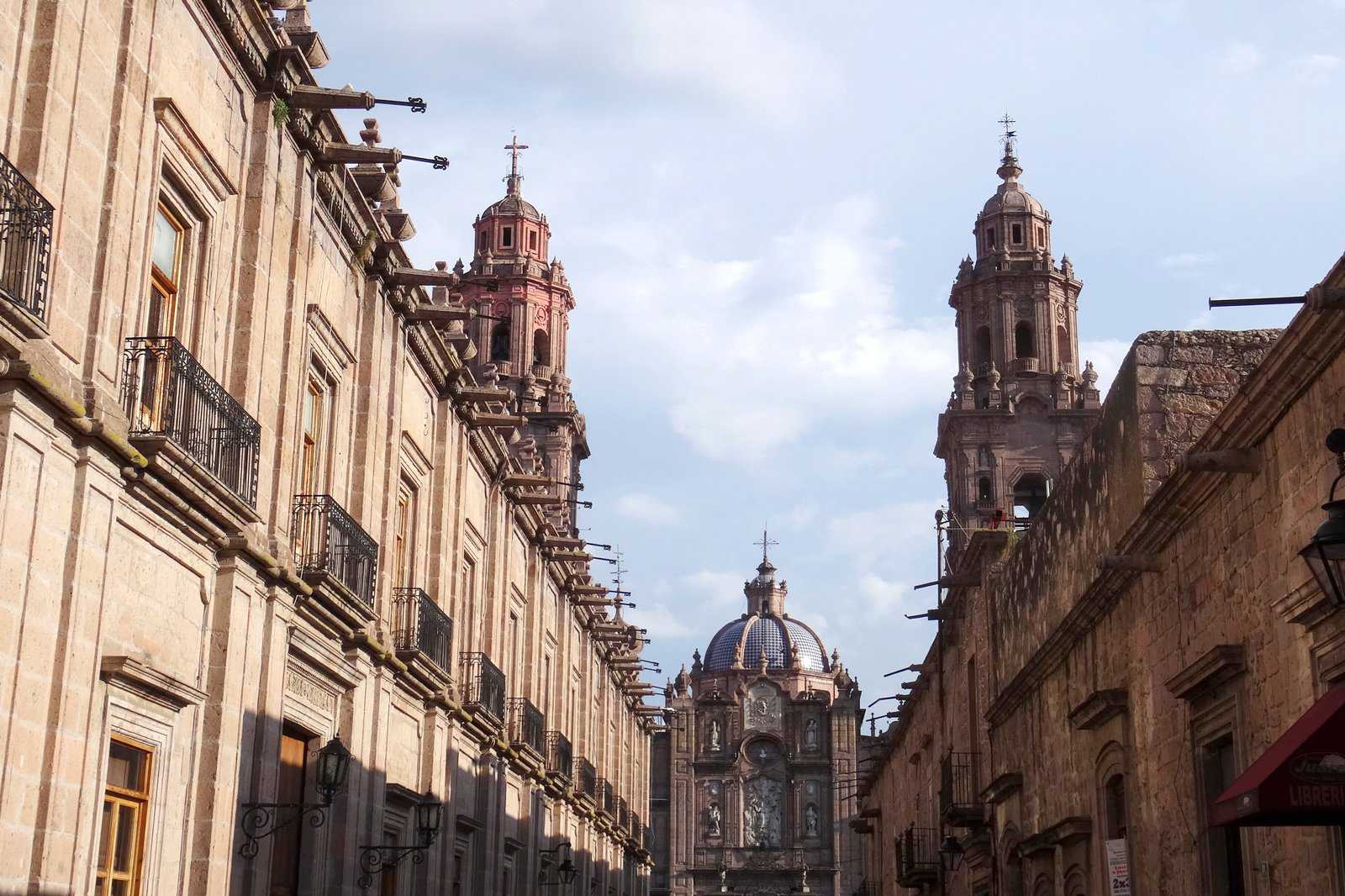
- Lịch sử
- Ảnh
The 16th-century city of Morelia is a fine example of urban planning that was laid out by the Spanish, combining Spanish Renaissance and local Mesoamerican styles and elements. The city was known as Valladolid before being named in honour of the half-Spanish and half-native Mexican hero José María Morelos.
Morelia’s historical centre has over 200 grand landmarks and colonial buildings, all of which were built using the region's iconic pink stone. These include palatial cathedrals and townhalls, whose unique architectural styling were to become known as Morelian Baroque.
Địa điểm: Centro Histórico, 58000 Morelia, Michoacán, Mexico
Bản đồẢnh của Adam Jones (CC BY-SA 2.0) đã điều chỉnh
- 8
Guanajuato
Beautifully decorated houses built around silver mines
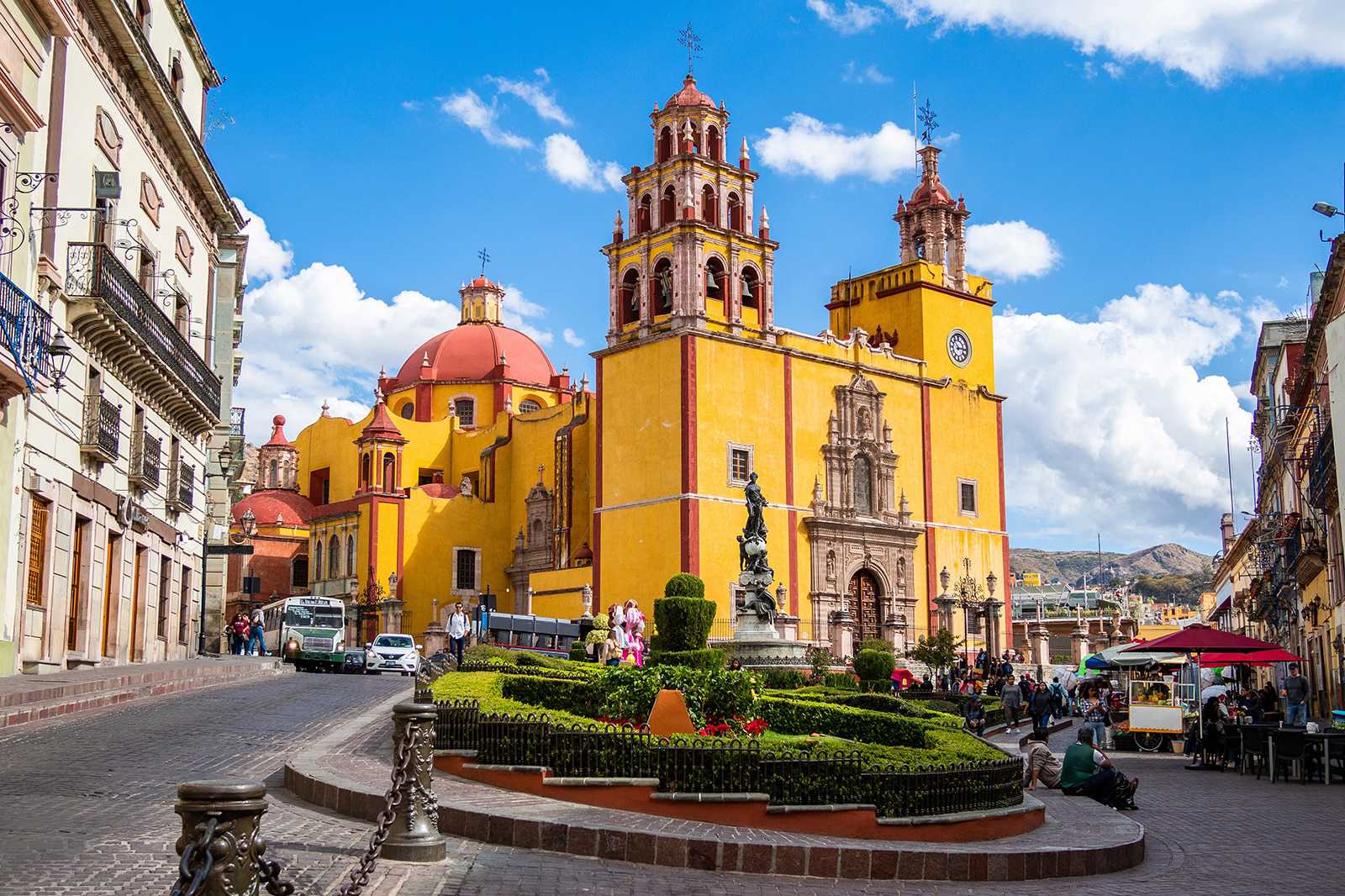
- Lịch sử
- Ảnh
Old Spanish towns in Mexico are known for their neat urban planning, but the old town of Guanajuato is a kind of exception. It traces its development back to the mining rush following the discovery of silver back in 1548, when settlers rapidly flocked here.
The closely huddled whitewashed houses are all beautifully painted with splashes of colours, making it quite a sight, and some still house silversmithing families even centuries on. Looking around, you can admire a heritage that, to a certain extent, is directly connected to world economic history.
Địa điểm: Centro, 36000 Leon, Guanajuato, Mexico
Bản đồ - 9
Palenque
Explore a cradle of Mayan civilisation
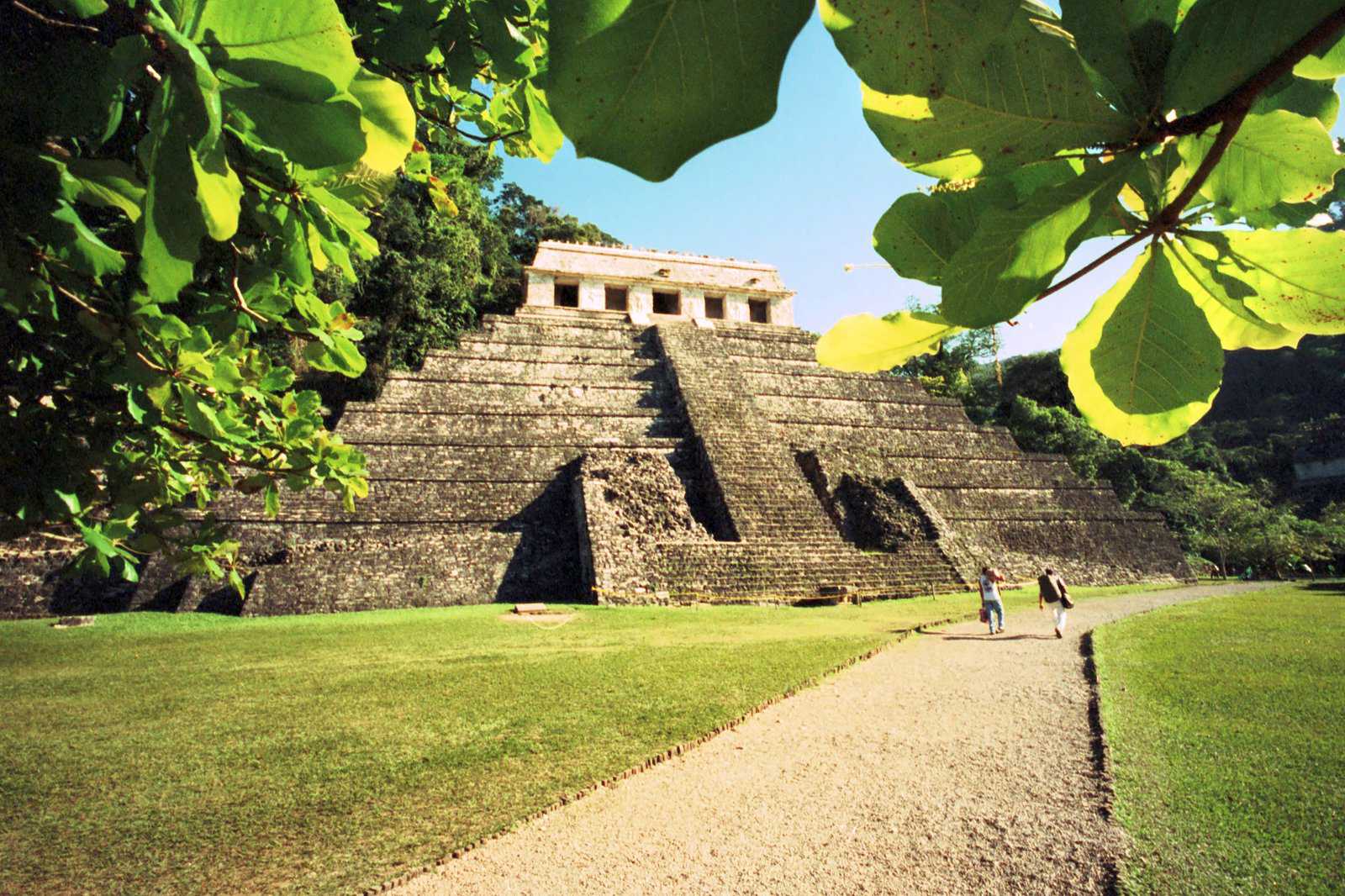
- Lịch sử
- Ảnh
Palenque is a complex of Mayan city ruins in southern Mexico which dates back to the 7th century. Magnificent stone temples with well-preserved sculptural remains grace the city, hidden away in the lush rainforests of Chiapas.
The discovered area is thought to be only a fraction of the ancient city’s total area, which means a lot of it and its secrets are still to be revealed. Its urban planning and intricately adorned monuments make it one of the most significant human achievements in Central American history.
Địa điểm: Carretera a Palenque- Zona Archaeologica Km. 8, 29960 Palenque, Chiapas, Mexico
Bản đồ - 10
Popocatépetl
Home to earliest 16th-century monasteries
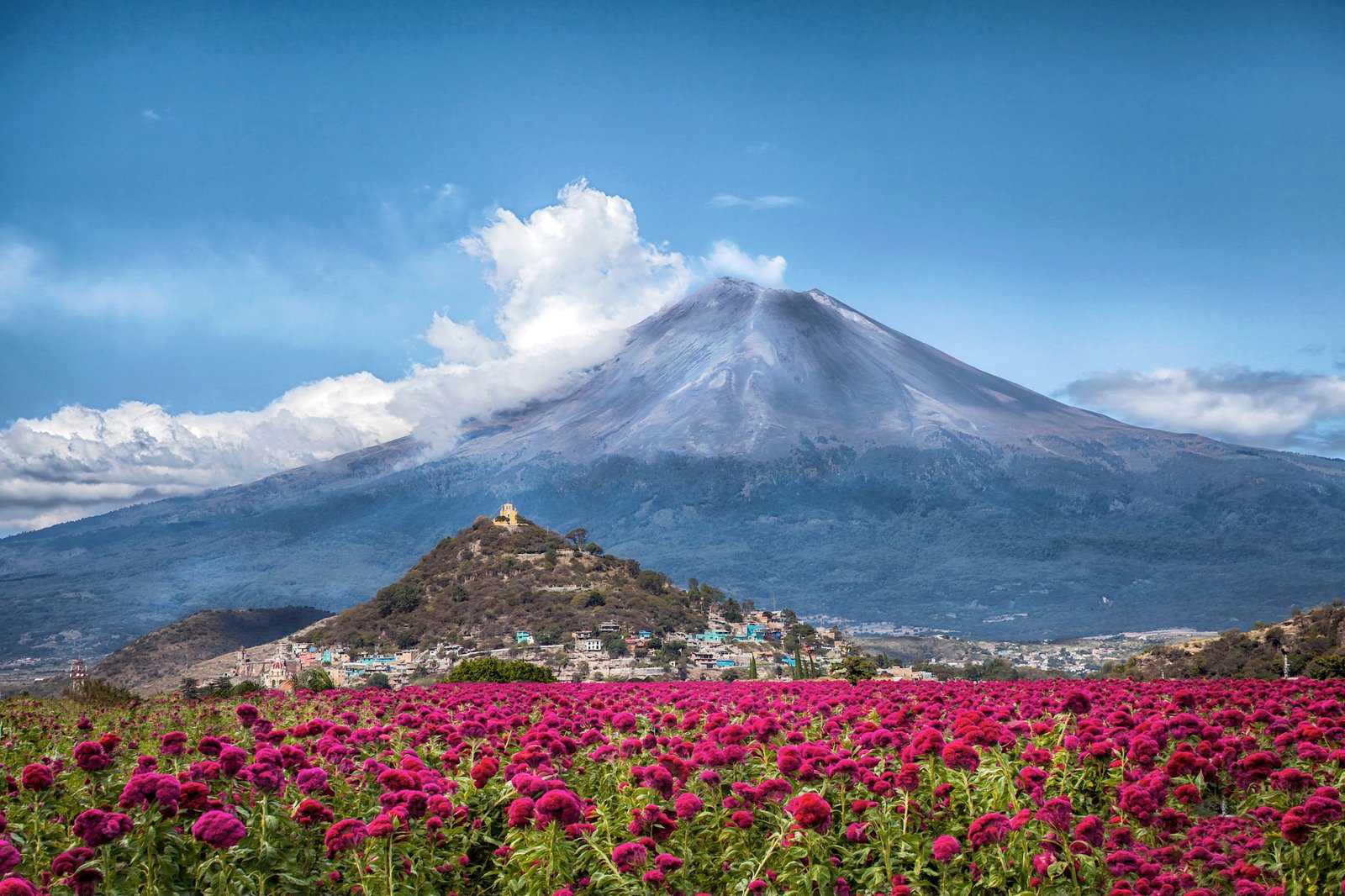
- Lịch sử
- Ảnh
The slopes of the snow-capped stratovolcano of Popocatépetl in Central Mexico are home to 14 16th-century monasteries, which show great examples of the architectural styles adopted by some of the early Spanish missionaries.
Most of the chapels were built to face open courtyards, to ease evangelising the natives who were accustomed to performing religious activities out in the open. Even the sculptures of Christian figures on its walls, including Jesus himself, were carved to bear native features. Some monasteries look more like fortified castles with their towering bastions.
Địa điểm: Popocatépetl, State of Mexico, Mexico
Bản đồ





















